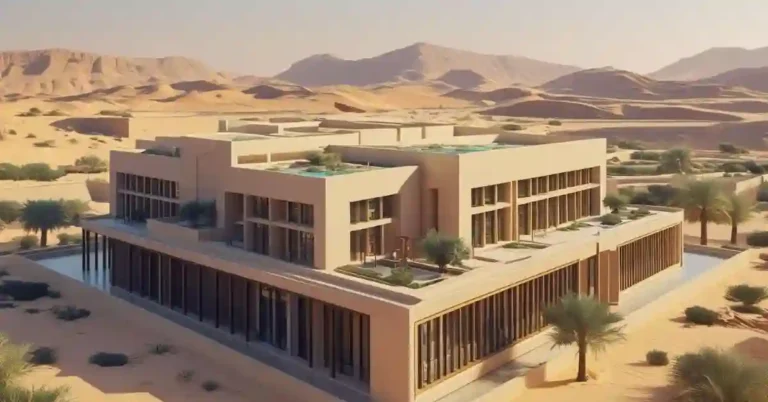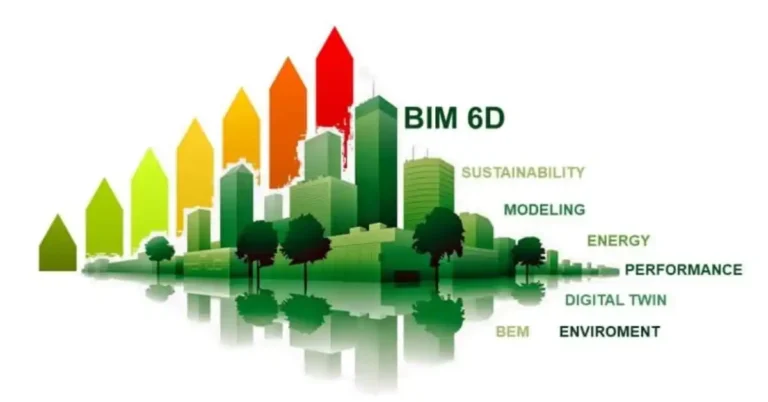The Human Element of Sustainability in Construction
The concept of Human Element of Sustainability in construction has gained more attention in recent years, as society becomes increasingly aware of the impact we have on the environment. Green construction practices are being adopted by companies and governments around the world in an effort to reduce carbon emissions, conserve resources, and create healthier living and working spaces.
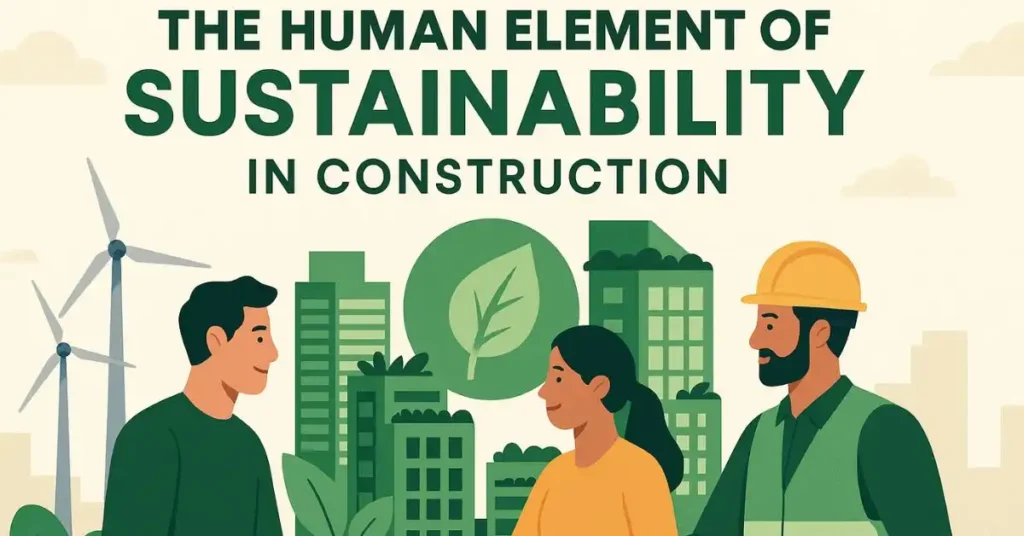
However, Human Element of Sustainability is not just about using eco-friendly building materials or implementing energy-efficient technologies. It also involves engaging stakeholders, such as construction workers, architects, engineers, and local communities, in the process of building and maintaining sustainable structures.
In this article, we will explore the human element of sustainability in construction and the importance of engaging stakeholders in green construction projects. We will also address frequently asked questions related to this topic.
Role of Human Element of Sustainability in Green Construction Projects
Human Element of Sustainability play a crucial role in the success of green construction projects. They are the individuals or groups who are affected by or have an interest in the project. They can include clients, investors, employees, regulators, and community members.
When it comes to sustainability, stakeholders can provide valuable insight and expertise in ensuring that the project meets its goals.
For instance, architects and engineers can incorporate sustainable design principles into the building’s plans, while construction workers can implement green construction practices and use eco-friendly materials during the building process.
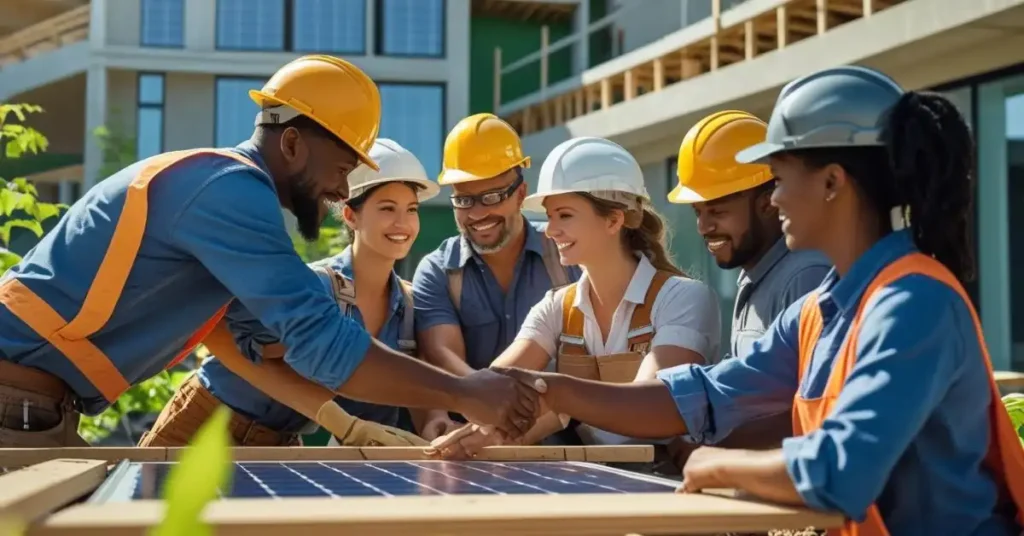
Moreover, Human Element of Sustainabilitycan also influence the project by providing input and feedback. This can range from suggesting ways to improve the sustainability of the project to advocating for green building practices in their own communities.
Ultimately, the involvement of Human Element of Sustainability allows for a more collaborative and holistic approach to green construction, resulting in a project that not only meets sustainability goals but also addresses the needs and concerns of those involved.
Benefits of Engaging Human Element of Sustainability in Green Construction Projects
The benefits of Human Element of Sustainability engagement in green construction projects are abundant. Here are some of the most significant advantages:
1. Enhanced Sustainability
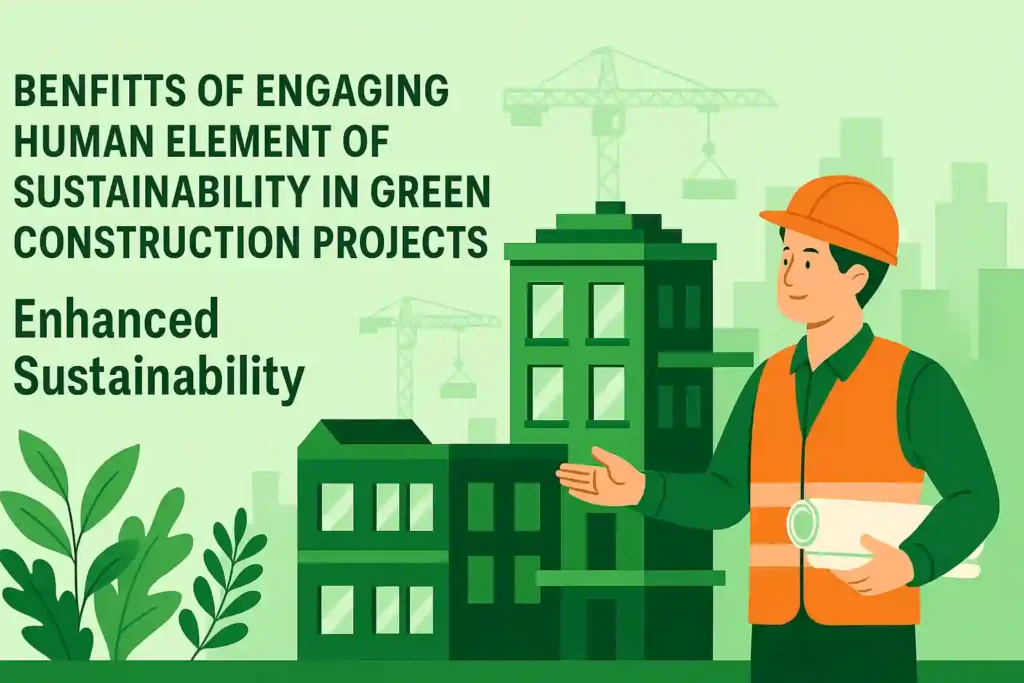
By involving stakeholders, green construction projects can be designed, built, and operated in a more sustainable manner. For example, stakeholders can provide insights on ways to reduce energy and water consumption, minimize waste generation, and incorporate renewable energy sources. Their input can also help identify potential challenges and develop solutions to mitigate negative impacts on the environment.
2. Improved Project Resilience
Engaging stakeholders in the early stages of a green construction project also allows for better planning and preparation for potential challenges. With their diverse perspectives, stakeholders can anticipate issues and provide solutions to improve the resilience of the project.
This is especially important in the face of changing climate conditions, where sustainable buildings should be able to withstand extreme weather events.
3. Increased Stakeholder Buy-In

When stakeholders are involved in the decision-making process, they are more likely to support and take ownership of the project. This can lead to increased buy-in and commitment to the long-term sustainability of the building. It also fosters a sense of cooperation and shared responsibility, which can positively impact project outcomes.
4. Better Communication and Collaboration
Engaging stakeholders also promotes open communication and collaboration among project team members. By including stakeholders from various backgrounds and disciplines, potential conflicts can be identified and resolved in a timely and efficient manner. This leads to a smoother project delivery and helps avoid delays and additional costs.
5. Positive Community Impact
Green construction projects can have a significant impact on the local community. Not only does it create jobs and boost the economy, but it also improves the overall quality of life for community members.

Engaging stakeholders in these projects allows for their input and concerns to be considered, resulting in a building that meets the needs of the community. This can lead to a positive perception of the project and foster support for future sustainable development initiatives.
Conclusion
Engaging stakeholders is a crucial aspect of sustainable construction. By involving stakeholders in green construction projects, their diverse perspectives and expertise can enhance sustainability, improve project resilience, and promote positive community impact.
Effective stakeholder engagement requires open communication, collaboration, and a commitment to incorporating their input into project plans and decision-making processes. Therefore, it is essential for companies and organizations to recognize the value of stakeholders and actively involve them in green construction projects for a more sustainable future.
FAQs
Q: Why is it essential to engage stakeholders in green construction projects?
A: Stakeholders have a significant influence on the success of green construction projects. Their diverse perspectives and expertise can improve the sustainability, resilience, and overall impact of the project.
Q: How can stakeholders be involved in green construction projects?
A: Stakeholders can be involved in various ways, such as participating in design workshops, providing feedback on project plans, and attending community meetings. They can also be included in project committees or task forces to provide ongoing input and recommendations.
Q: What are the potential challenges of stakeholder engagement in green construction projects?
A: Some of the challenges include managing conflicting interests and maintaining effective communication among stakeholders. It can also be time-consuming and require additional resources to incorporate stakeholders’ feedback into the project.
Q: How can sustainability goals be integrated into a project while also meeting stakeholders’ needs?
A: The key is to involve stakeholders in the project from the outset and maintain open communication throughout the process. By considering their needs and concerns, sustainable solutions that also meet their requirements can be identified and implemented.
Q: How can green construction practices be promoted among stakeholders?
A: Education and awareness are vital in promoting green construction practices among stakeholders. Companies can provide training and resources to employees, while community organizations can hold workshops and events to educate community members about the benefits and opportunities of sustainable construction.




